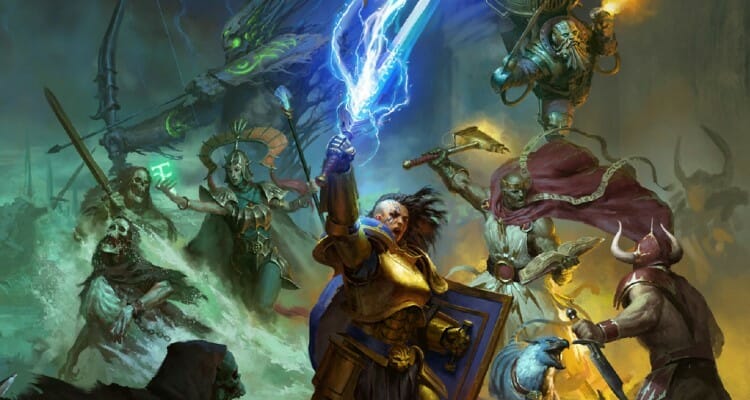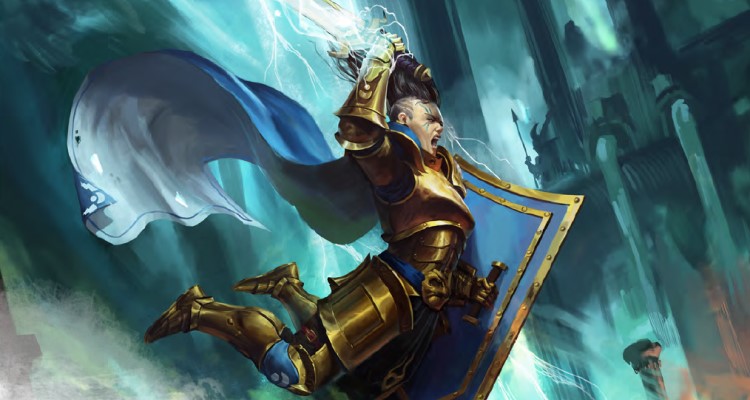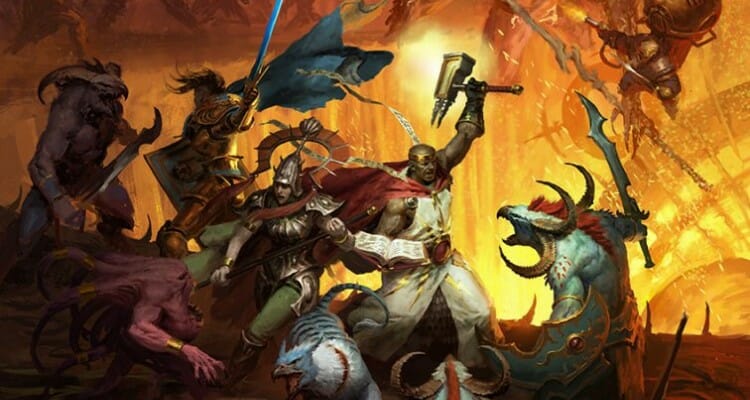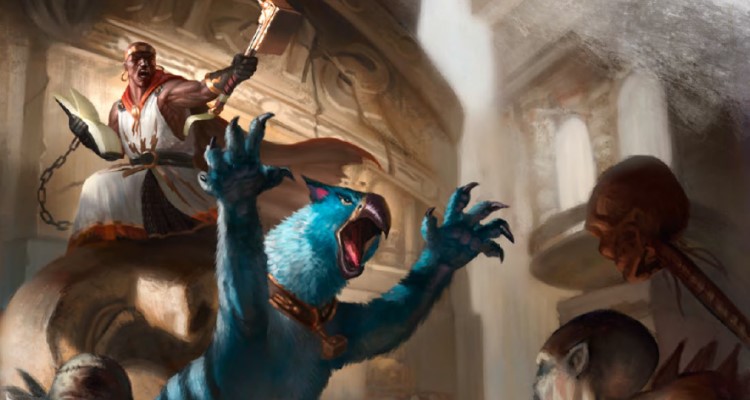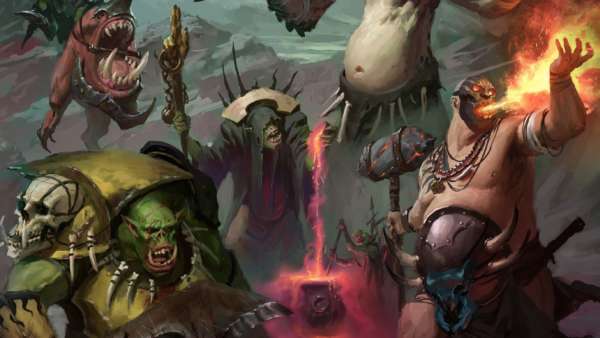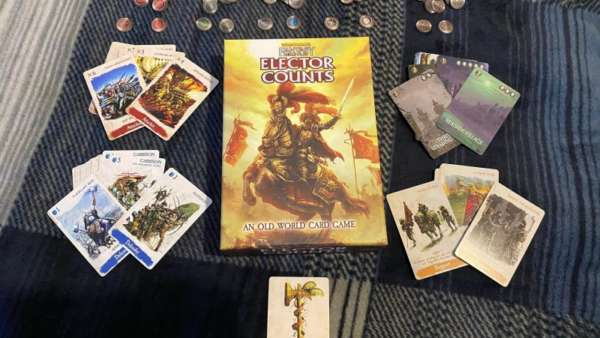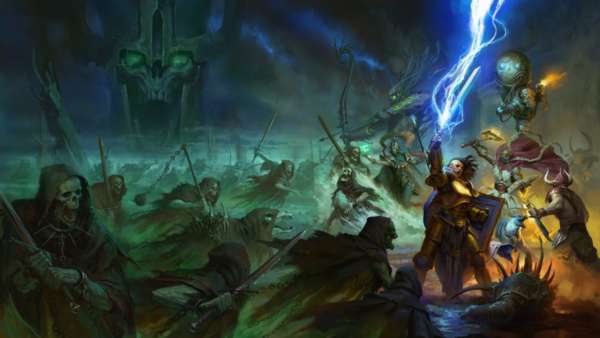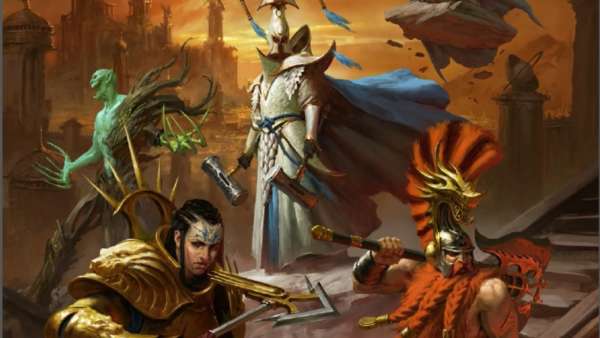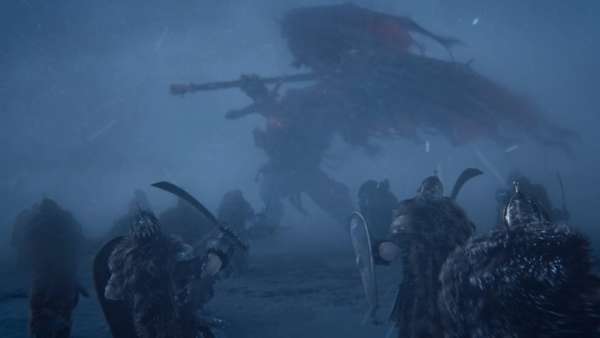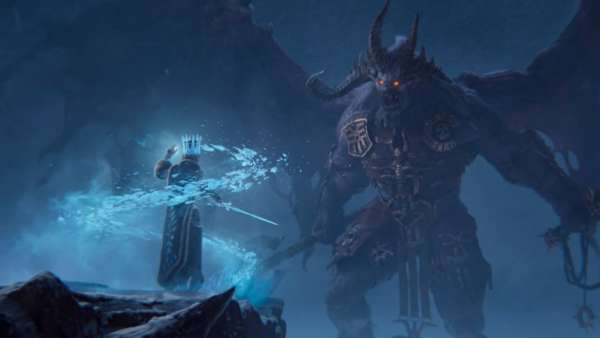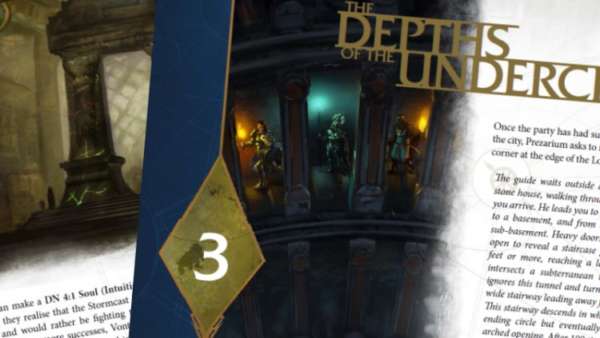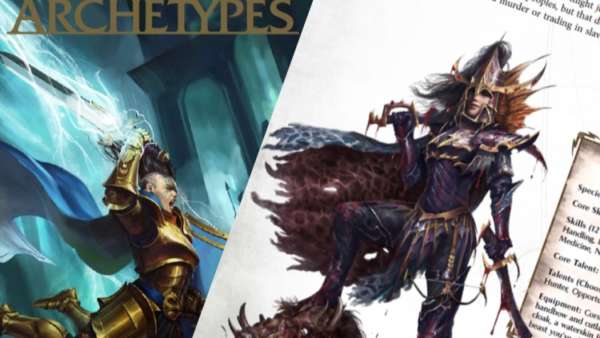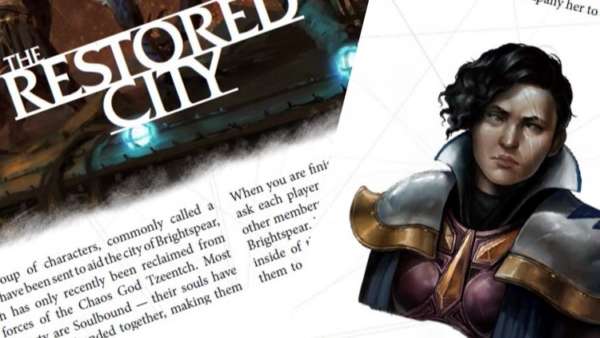One of the most satisfying aspects of a role playing game is the character creation. Whether it be video games or the tabletop, molding your alter-ego allows you to make your mark in the world. In Soulbound, it is no different. The core book provides 8 steps needed to bring your hero to life. These steps are fairly easy to follow and sequentially walk you through the components thatwil make up your hero. These are your race and archetype, the 3 main attributes, understanding and selecting skills and talents, equipment, fleshing your hero out with personal details, your relations with the party and their goals, and getting to grips with the numbers you will use in an encounter.
For players well versed in TRPGs, it wont take long for you to familiarise yourself around the characters sheets and mechanics of your hero. It can seem similar to other titles much like different shades of the same colour. For newcomers to the scene, it can be a little daunting creating your first character and trying to learn everything else. But, with a kind and helpful Game Master(GM) you will pick up the rules in no time. Especially if they run an intro session so you can apply everything in front of you.
For me, I loved the look of the Idoneth race. Ocean Aelves seem to be as graceful as the sea. Also the background was rich and enticing. Only 1 in 100 are born with a soul. Thus, the constant hunt and acclamation of more is apparent for the survival of their race. From there, the Isharaan Tidecaster appealed the most with their mastery of the tide and skills in exposing the fears of their enemies. All these details were added to the character sheet. This includes the racial feature, in this case gaining additional points in a skill, and adding the Body, Mind, and Soul attributes.
From here it really opens up. Choosing what skills and talents from the list given by the archetype you chose can add another layer to your character. You have a limited amount of XP to spend on these. For skills, training allows you to add more dice to your roll; focus allows you to add to the result of such rolls. Quite a nice and simple system.
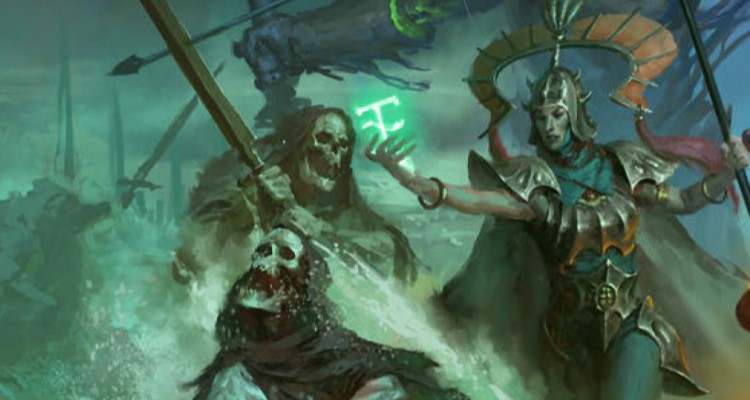
Once you have chose and added your skills and talents, you get to add your equipment, defining defining details about your character and goals, and their relations to your party. These 3 sections can be very enjoyable. This is especially so if your group and GM are all together discussing at the table. The dynamic of the group and how each character and player see one another is a wonderful experience. And adding little details such as battle scars, tales between heroes, and goals really adds another dynamic to the game. One where it is not just hack and slash but invests more to the narrative. You are the story!
After that, all is left is blocking in the stats you will need in an encounter. All through the core book, there are examples to demonstrate how mechanics work. These snippets are very helpful as on the surface it just looks like a bunch of numbers. But, examples demonstrate their functionality and relevance. Couple this with a supportive GM and a player can grasp the rules in no time at all. But, if creating a character seems a little too much, Cubicle 7 have provided some pre-generated characters whose shoes you can jump right into..
All in all, the character creation is fun and rewarding. There are enough choices to feel special but not so much that newcomers to TRPGs get overwhelmed. Compared to other titles of the genre it can look comparably small. With 108 possible core combinations in some cases compared to Soulbound’s 23, due to archetypes being restricted by race. However, it doesn’t seem to matter. There is something for everyone. Whether it be an upfront and personal warrior type, spell slinging magic user, tracking masters and hunters with animal companions, and masters of magic infused technology. You are bound to find fun here!
